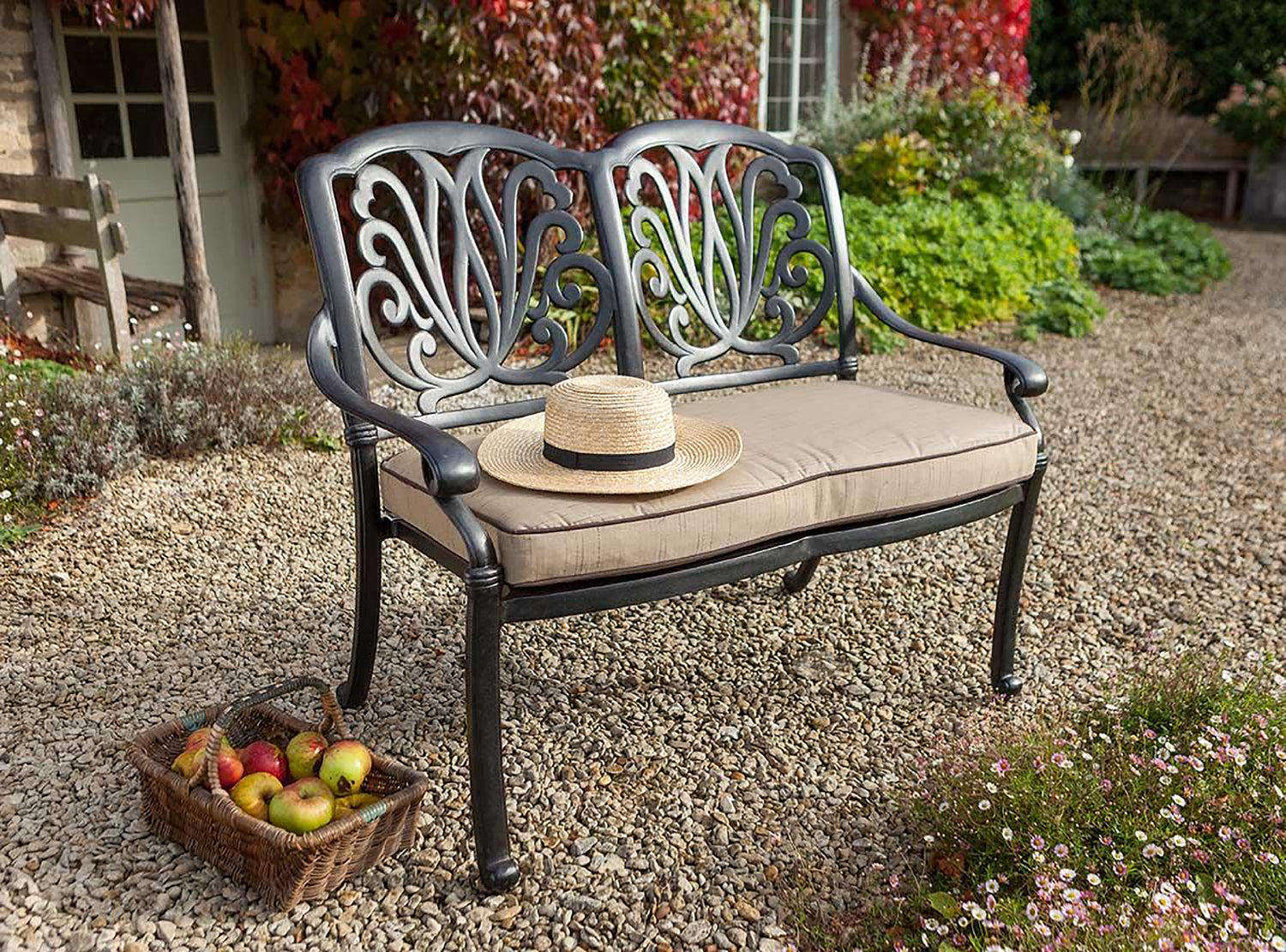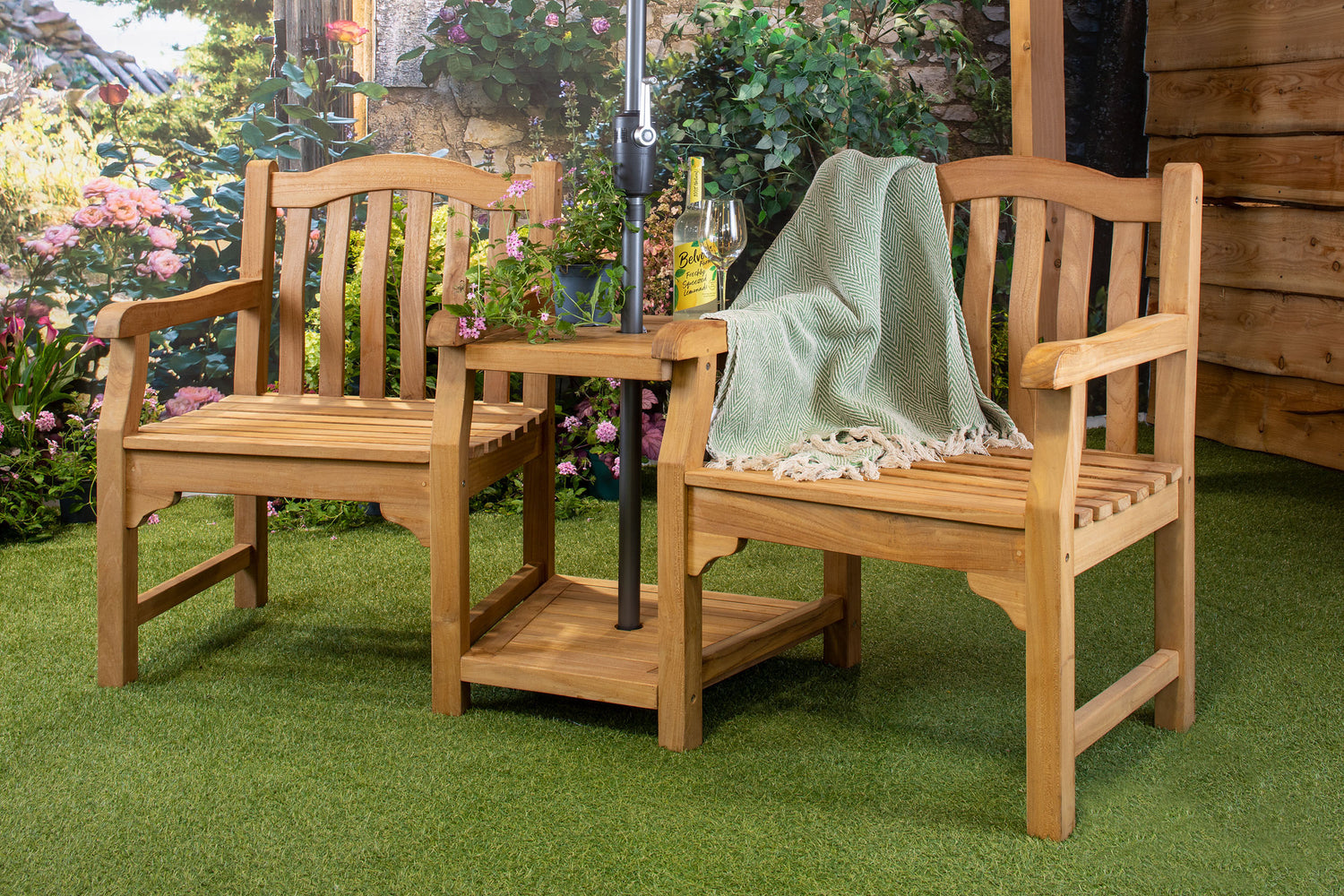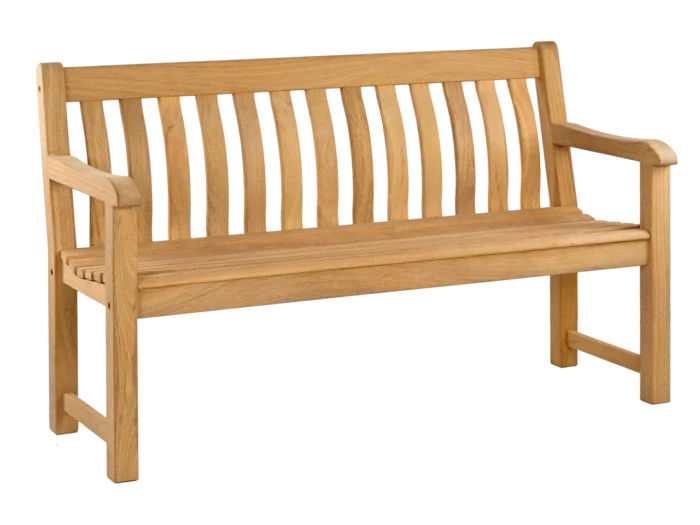Tidy the pond for winter and start spring with a healthy pond and fish
Don’t neglect your garden pond or water feature in autumn when you are preparing the garden for the winter shut-down. Not looking after the pond correctly could cost you dearly come the spring. Pumps just left or self-contained water features not drained and protected can crack when the water freezes, once this happens there is no other remedy than to replace them. Keep falling leaves out of the pond either by stretching a fine mesh net over the pond or else skimming the leaves off every other day. The leaves rot down and reduce the oxygen content of the water, which is a real problem for your fish over winter. They also add nutrients to the water which leads to accelerated algal growth when the water warms in spring.

Fish
- Feed a high protein food in summer to allow them to build up their fat reserves to see them through winter.
- Feed with a dedicated winter feed or a wheat based feed 2 – 3 times a week once the temperature drops below 15C (60F). When the temperature drops below 10C (50F) cease feeding altogether, resume in spring when the temperatures begin to climb. Another good indicator for feeding fish is if they are near the surface give them a little food.
- Skim off any uneaten fish food after about 15 minutes as the rotting food will add to the decaying organic matter.
- Decomposing organic matter gives off methane and hydrogen sulphide which can become trapped beneath the ice and subsequently build up to toxic levels so make sure you keep a hole in the ice to enable the gases to escape.
- Don’t smash the ice as the shock waves can kill the fish; use a dedicated floating pond de-icing device or else keep the pump running slowly. You can also get an electric de-icer which costs very little to run, as it only comes on when the temperature hits freezing point.
- The fishs’ metabolism slows right down and as a result they become lethargic in cold weather and are therefore more liable to predation so cover the pond with mesh to keep out the birds. You could also use an automated bird scarer and provide a refuge under which the fish can hide, in the form of a bridge.
- Monitor the water quality throughout the winter if you keep fish, as the rotting organic matter can affect the oxygen content. If the oxygen starts to drop partially replace the water, about 30%, with tap water and add a de-chlorinator
- If the pond is only shallow you are either going to have to take the fish indoors into a holding tank or else keep the pump running to prevent the pond freezing.

Pumps
- You can either take in the pump or leave it running. If you leave it running turn the flow to low and bring the intake to about 15cm (6”) from the water surface, otherwise you will bring up the warmer water from the bottom and replace it with the freezing surface water, which will freeze your fish.
- Bacteria in the biological filter will remain inactive over winter, as long as there is enough oxygen in the water, and as soon as spring comes will reactivate.
- If you don’t want to keep the pump running take it out, clean it thoroughly, with clean water off the top of the pond. Keep the pump in a frost free place in a bucket of water over the winter to prevent the rubber seals from drying out.
- If you have a free-standing water feature empty it completely and cover with a dedicated fountain cover or bubble wrap or else move it to a frost free spot in the shed or garage.
Watch the video showing you how to maintain your indoor fish tank.
Plants
- Autumn is the time to lift and divide any congested plants.
- Remove all the dead and dying vegetation.
- It makes life easier if you have all hardy plants which don’t need any winter protection; make sure they are in deep enough water to give them shelter from frost. British native plants are usually a fairly safe bet when it comes to surviving a harsh winter.
- Bring cannas inside to a frost free shed or greenhouse.
- If you have Zantedeschia aethiopica it may be prudent to cut off the foliage and cover the crown with an upside-down hanging basket packed with straw or sheep wool and then pegged down.
- Put Water Hyacinth and Water Lettuce onto the compost heap as they won’t survive winter, unless it is extremely mild; and they are relatively cheap to buy.

For more information, hints and tips on gardening, barbecuing, decorating your home at Christmas and much more just head to our Youtube channel.




![Kingsbury-bench-05[1].jpg](http://www.hayesgardenworld.co.uk/cdn/shop/files/Kingsbury-bench-05_5B1_5D.jpg?v=1712162737&width=1500)
![Kingsbury-bench-01[1].jpg](http://www.hayesgardenworld.co.uk/cdn/shop/files/Kingsbury-bench-01_5B1_5D.jpg?v=1712161065&width=1500)
![tw17a-4947_0[1].jpg](http://www.hayesgardenworld.co.uk/cdn/shop/files/tw17a-4947_0_5B1_5D.jpg?v=1712161495&width=1500)
![tw17a-4947_tenbury_5ft[1].jpg](http://www.hayesgardenworld.co.uk/cdn/shop/files/tw17a-4947_tenbury_5ft_5B1_5D.jpg?v=1712161172&width=1500)
![tw17a-4952_tenbury_4ft[1].jpg](http://www.hayesgardenworld.co.uk/cdn/shop/files/tw17a-4952_tenbury_4ft_5B1_5D.jpg?v=1712161034&width=1500)
![thumbnail_IMG_1565-kik_2[1].jpg](http://www.hayesgardenworld.co.uk/cdn/shop/files/thumbnail_IMG_1565-kik_2_5B1_5D.jpg?v=1712226536&width=1500)
![thumbnail_IMG_1565-kik_1[3].jpg](http://www.hayesgardenworld.co.uk/cdn/shop/files/thumbnail_IMG_1565-kik_1_5B3_5D.jpg?v=1712159637&width=1500)



![WD-XgESA[1].jpeg](http://www.hayesgardenworld.co.uk/cdn/shop/files/WD-XgESA_5B1_5D.jpg?v=1712159609&width=1500)